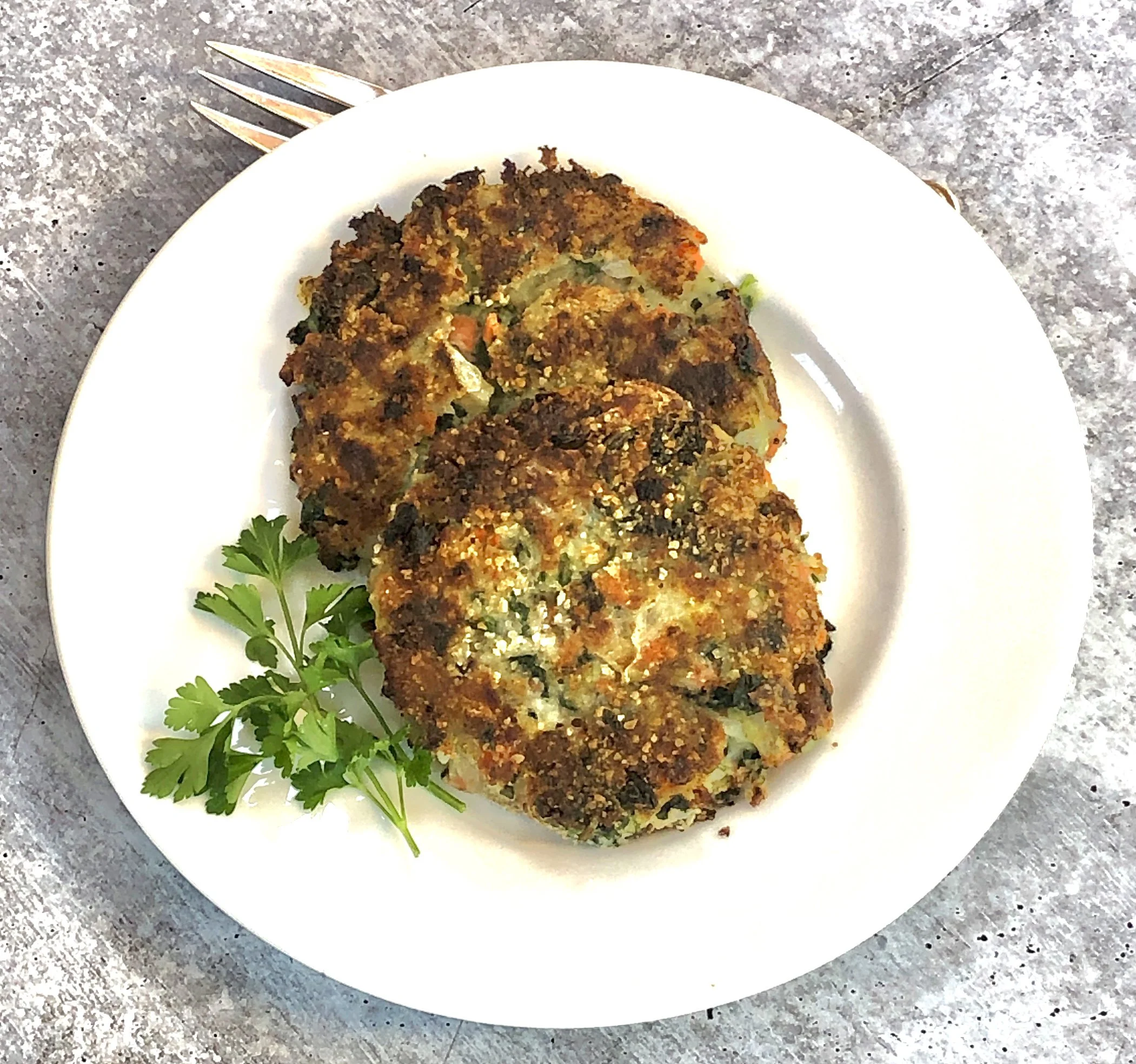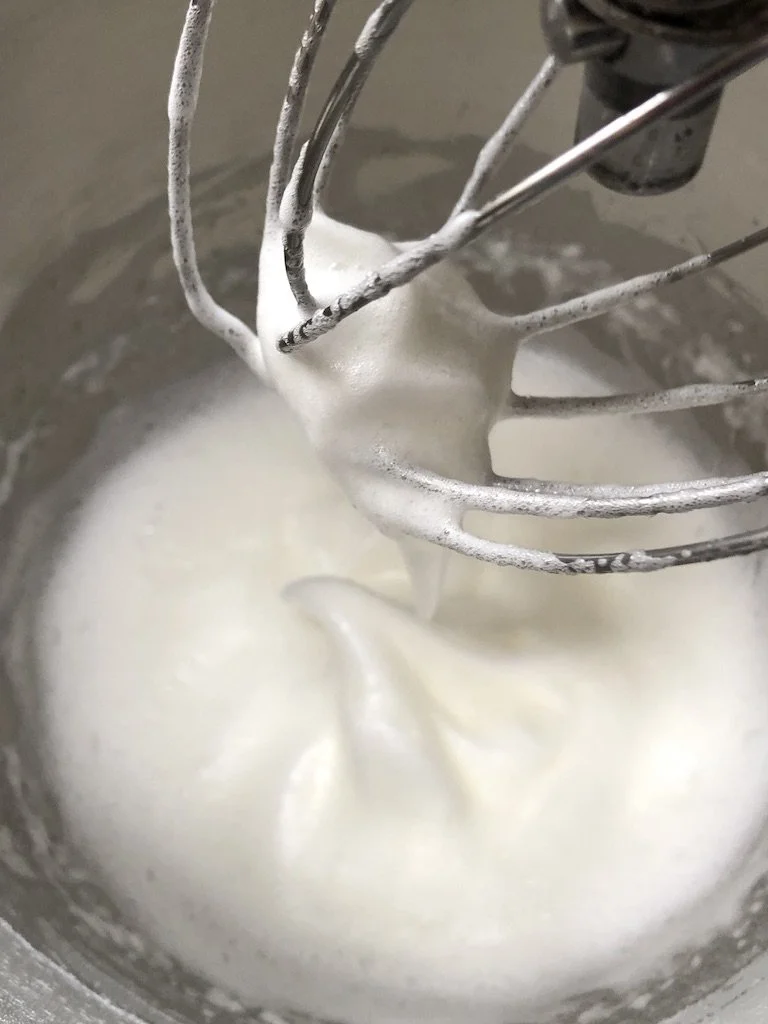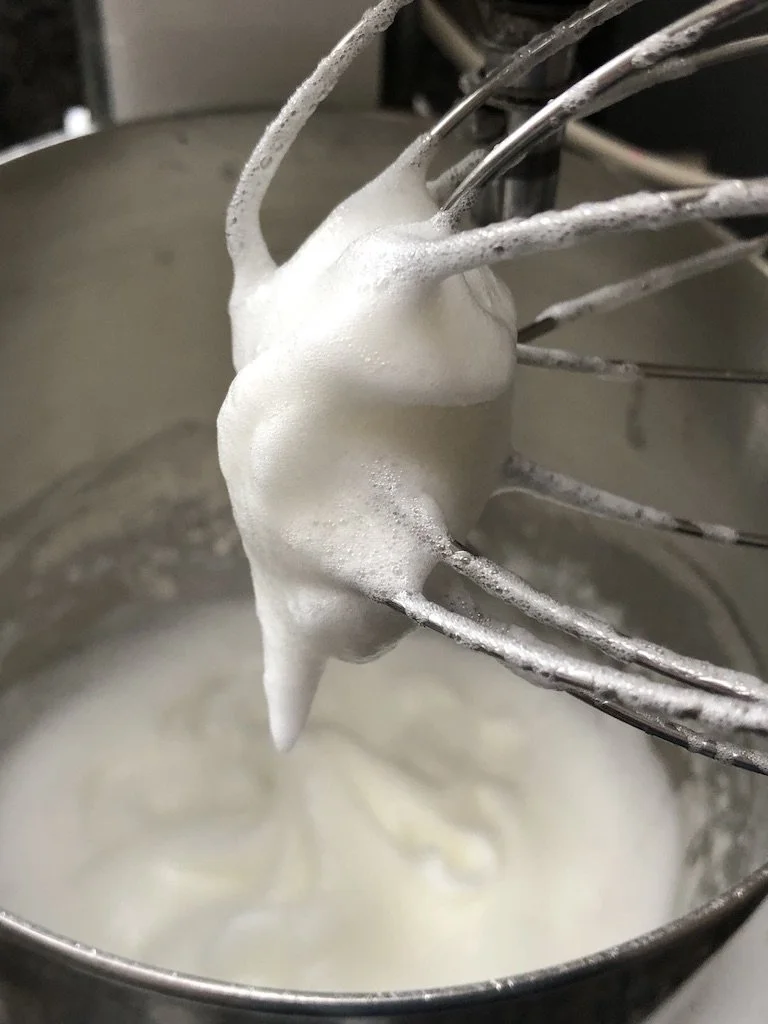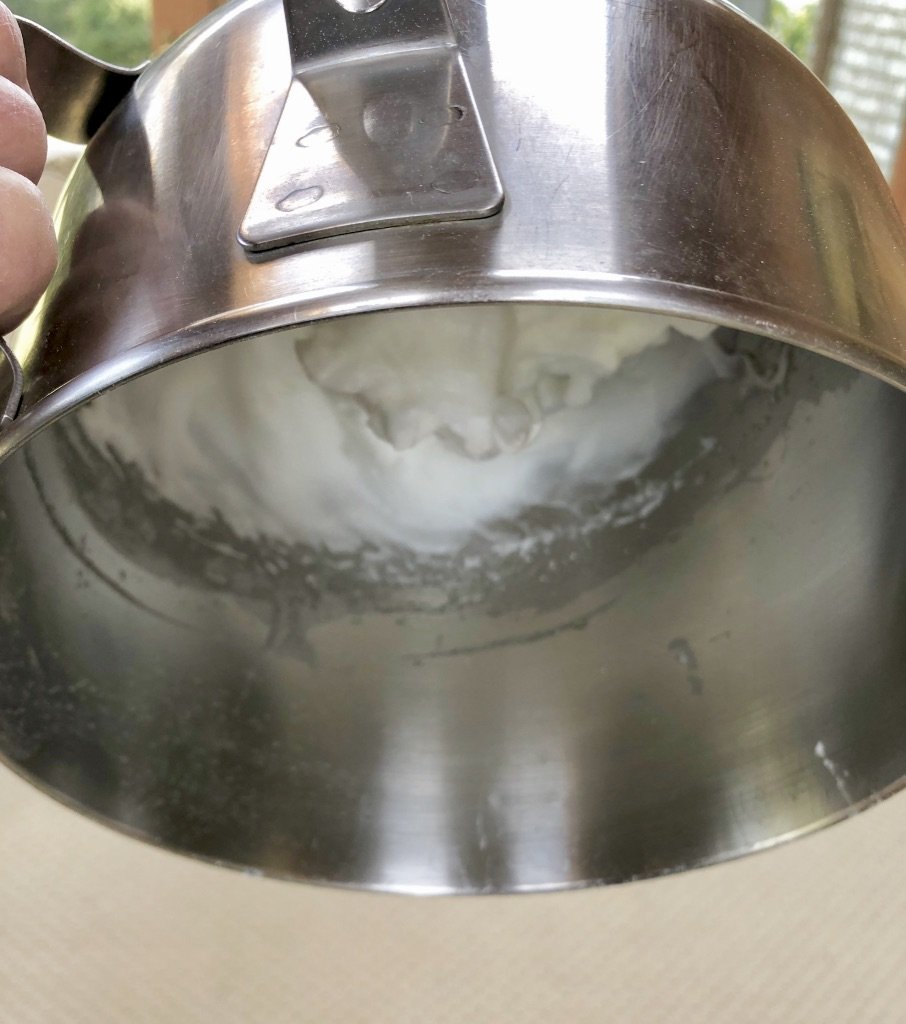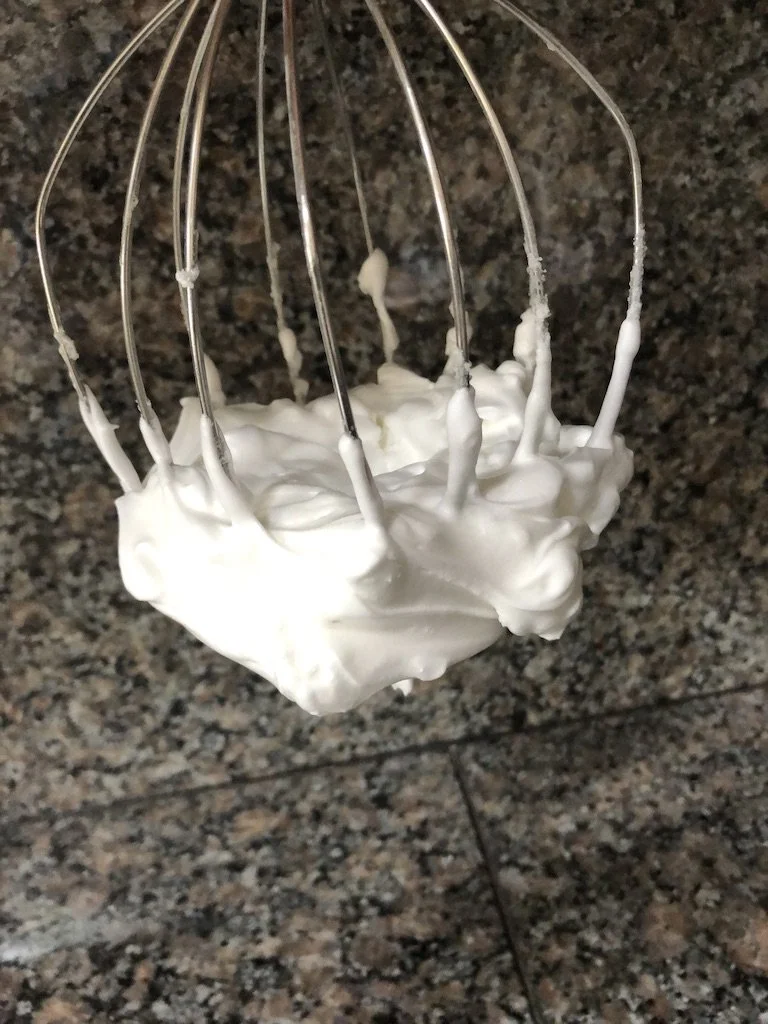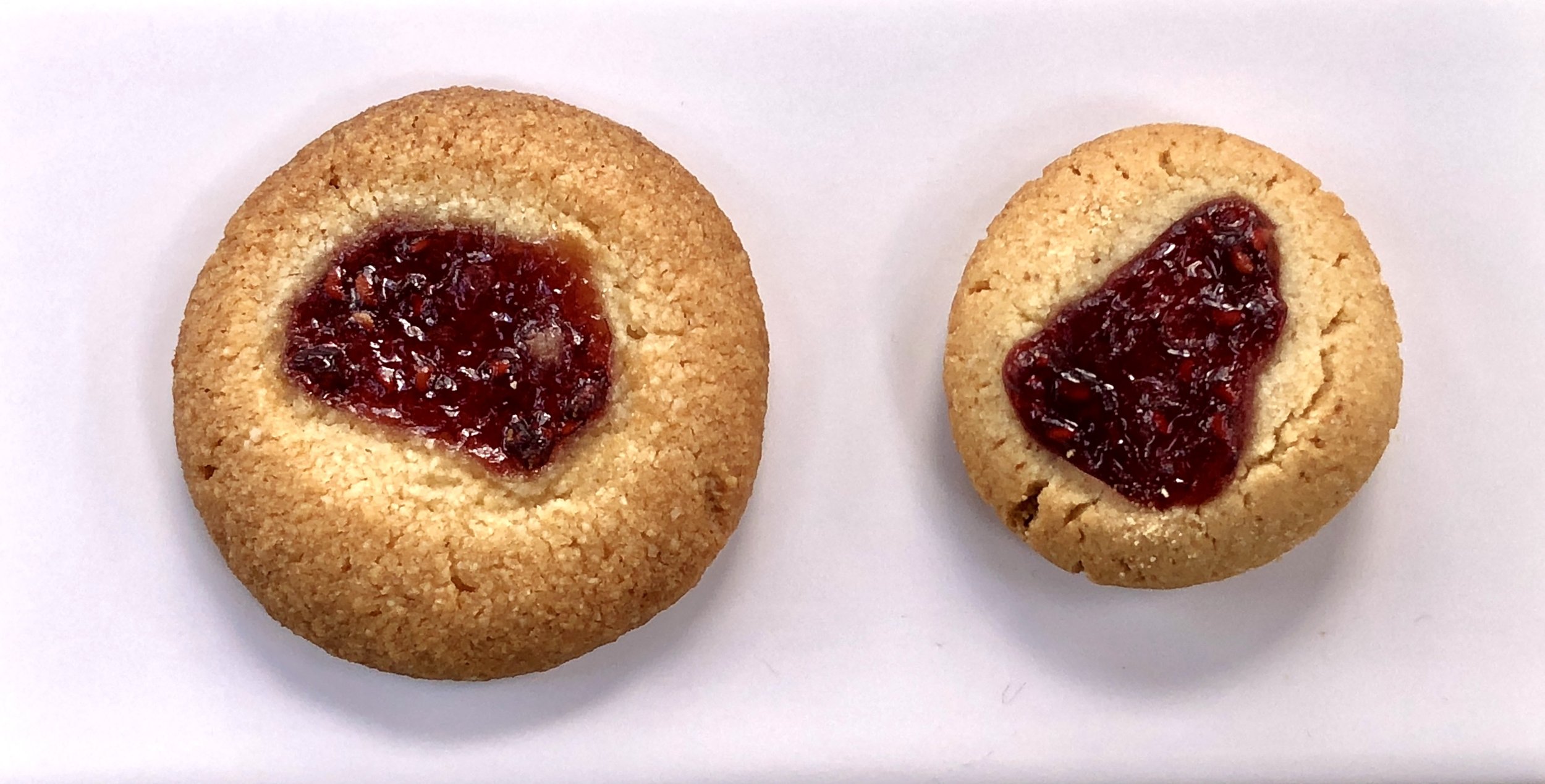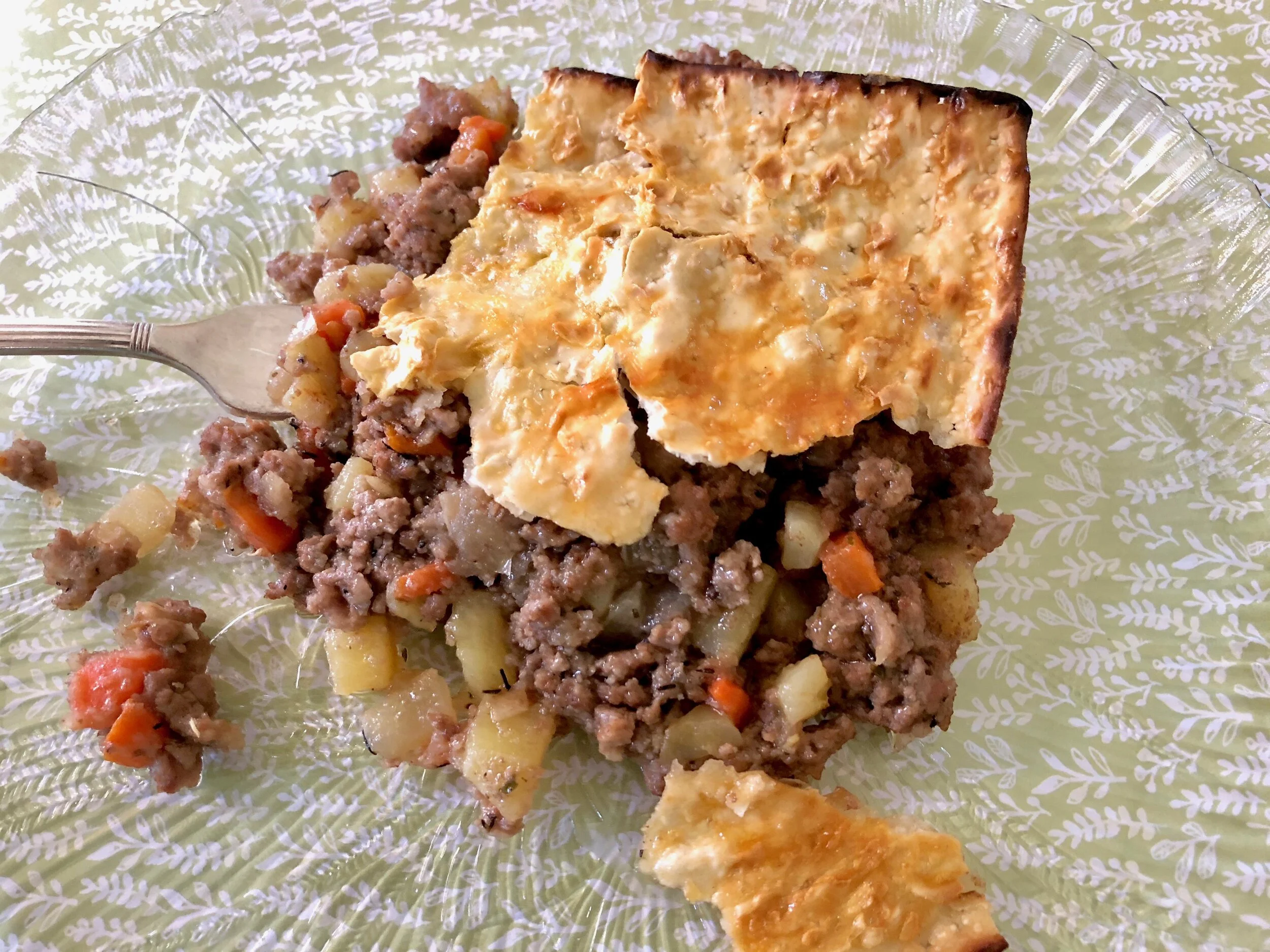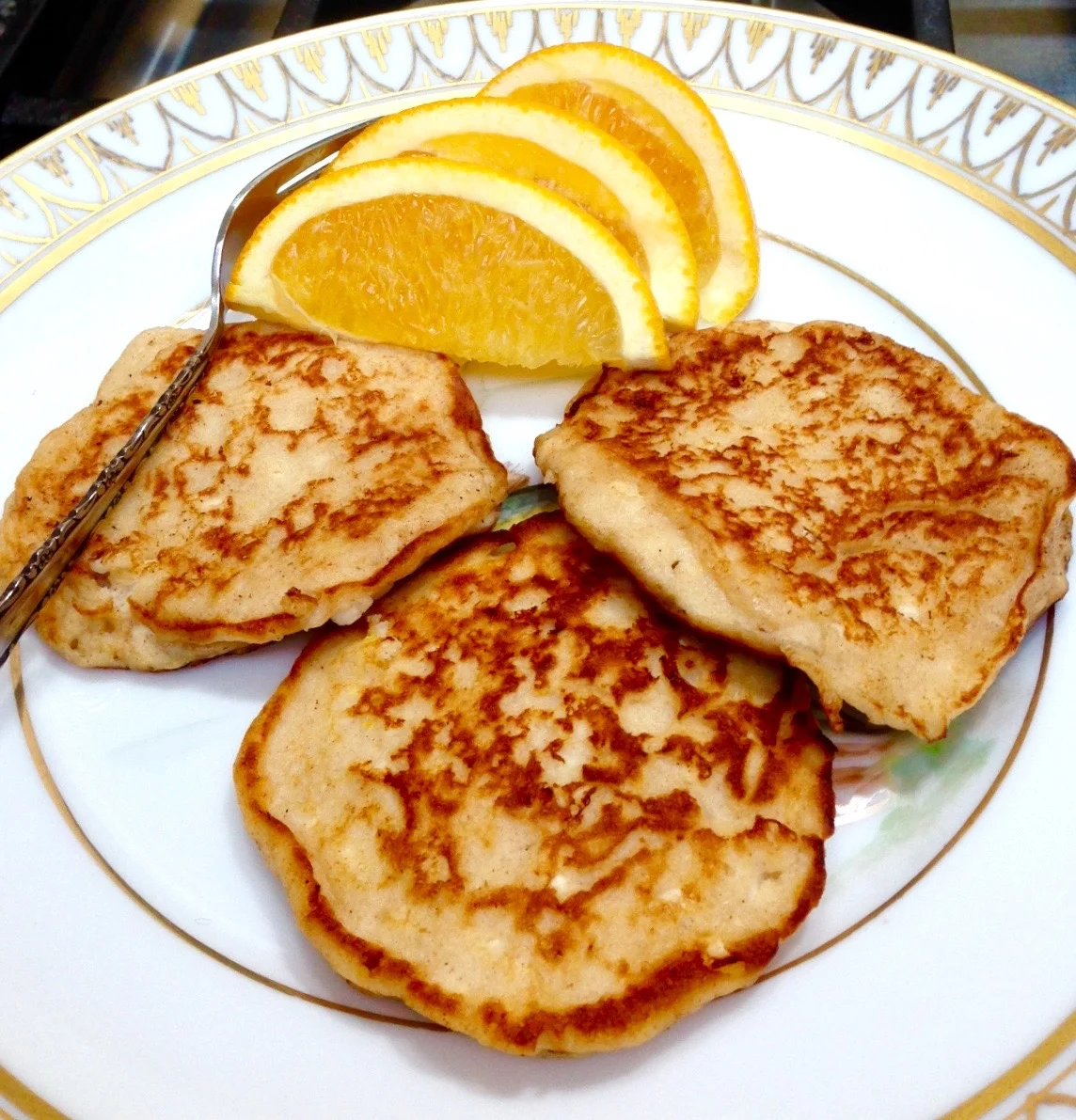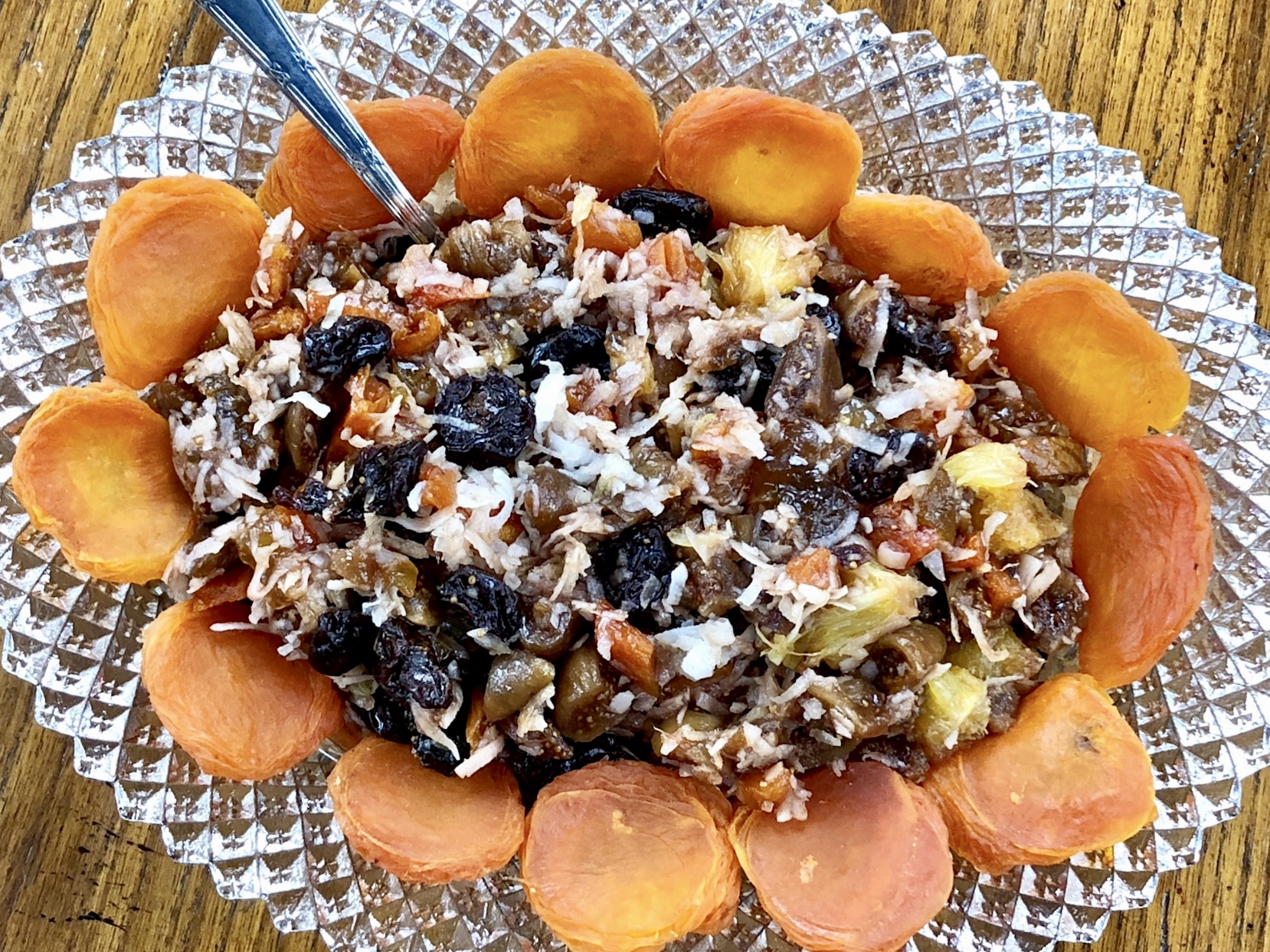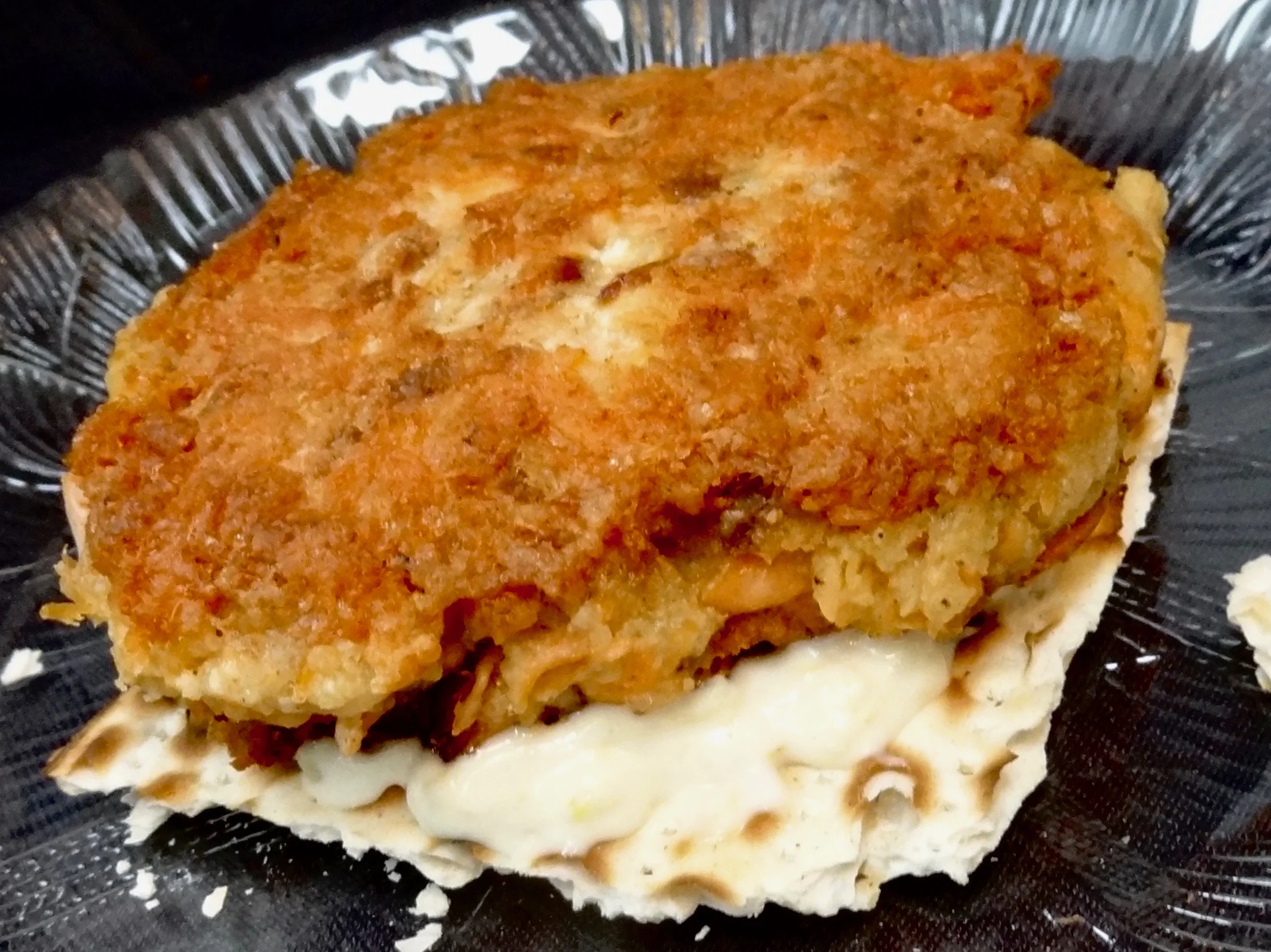I was once in a pub in the west of England and ordered a dish called Bubble & Squeak. It’s simple, unfancy food, tasty and nourishing, consisting of mashed potatoes and cabbage fried to a crispy brown and topped with an egg.
It was magical.
So I made it many times at home, and, me being me, and this recipe being the kind that allows for endless variation, I added this and that to the potatoes, depending on what leftover vegetables I had. I used Brussels sprouts instead of cabbage (as do many restaurants in England); I’ve added corn, peas, carrots, spinach, broccoli and such. Once or twice I included cheese (feta, Parmesan) but I prefer the all-vegetable version best.
I don’t call it Bubble & Squeak (so named for the sounds it supposedly makes while being cooked), so I’ll just say: Vegetable Croquettes. We’ve eaten them as a side dish with meat but most of the time they are dinner, topped with a fried egg.
This is my Passover version. At other times of the year you can add beans/peas and coat the patties with bread crumbs.
Vegetable Croquettes
1/2 cup vegetable oil, approximately
1 medium onion, finely chopped
1 cup chopped cooked cabbage
2 chopped, cooked carrots
10 ounce package frozen spinach, thawed
3 cups mashed potatoes
salt and freshly ground black pepper to taste
1/2 cup matzo meal, approximately
Heat 2 tablespoons vegetable oil in a sauté pan over medium heat. Add the onion and cook for 3-4 minutes or until softened. Spoon the onions into a bowl. Add the cabbage, carrots, spinach, mashed potatoes and some salt and pepper. Mix thoroughly and shape the mixture into 1/2-inch patties. Place the matzo meal on a plate. Press both sides of each patty into the crumbs. Refrigerate for at least 30 minutes. Heat 2-3 tablespoons vegetable oil in the sauté pan over medium heat. Fry the patties a few at a time (leave plenty of space between each) for 3-4 minutes per side or until crispy and golden brown, adding more vegetable oil to the pan as needed.
Makes 8-10
